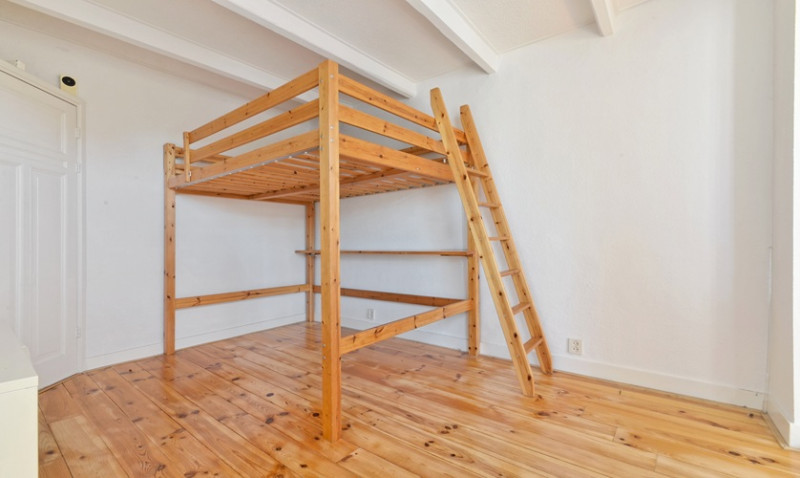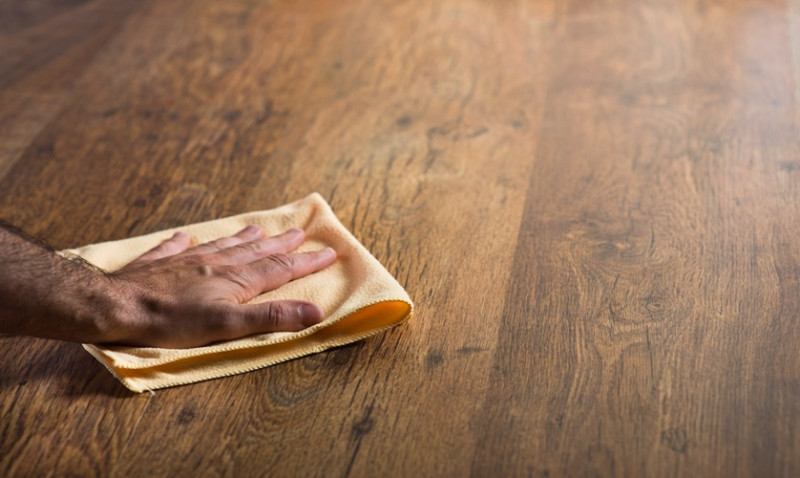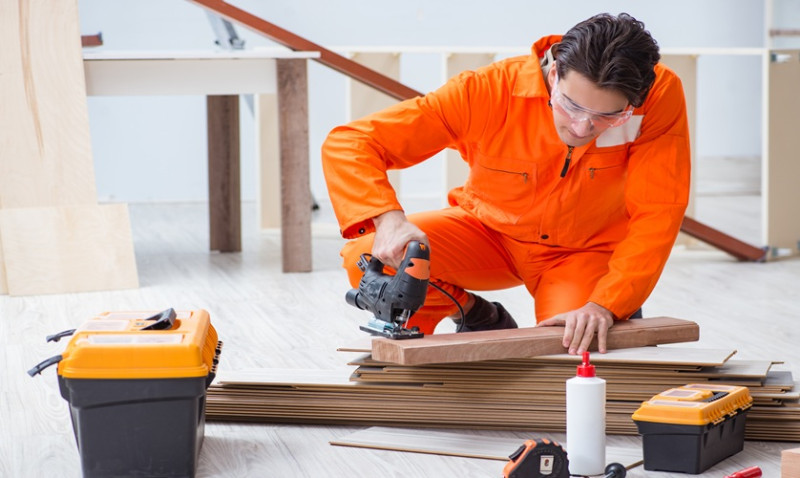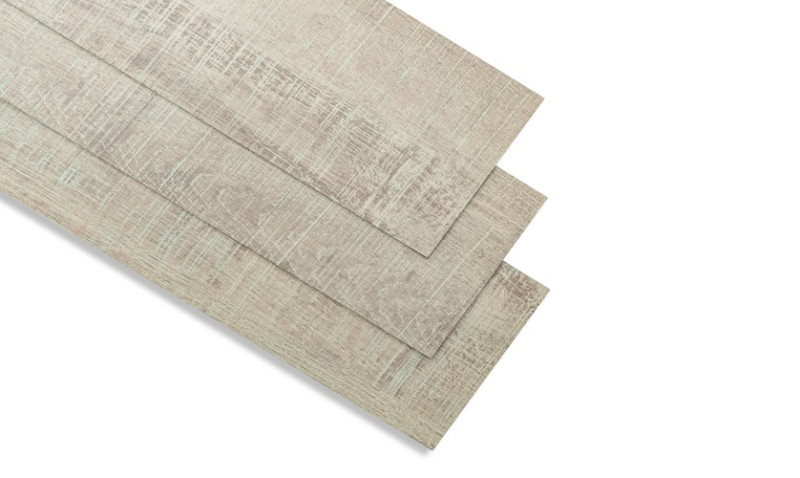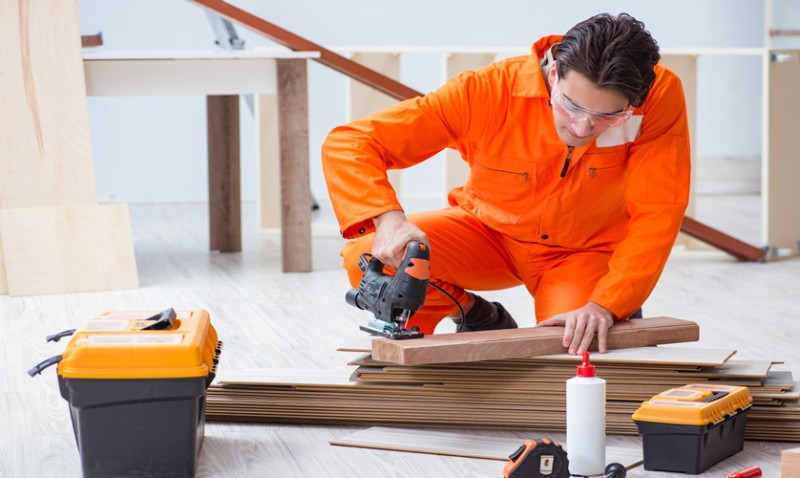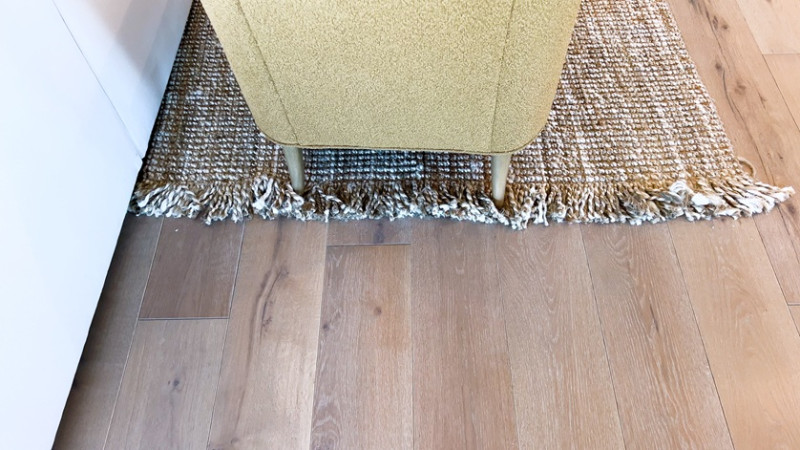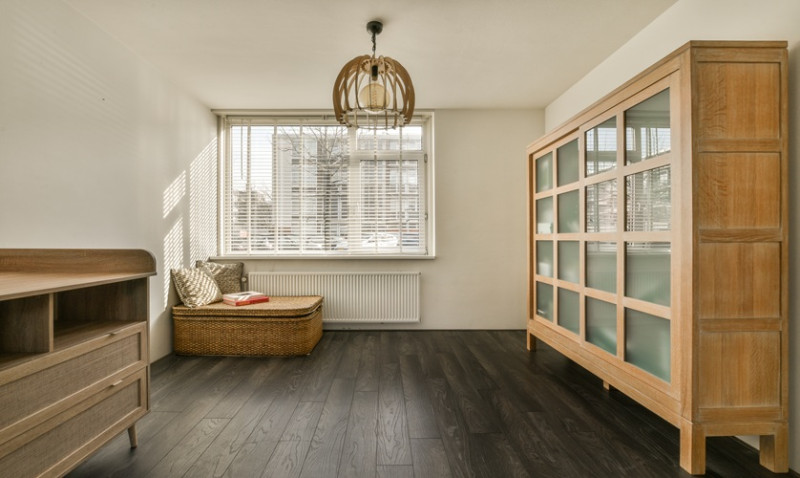
Whether you're a DIY enthusiast renovating your first home in Manchester, a professional tradesperson working on high-end apartments in London, or an interior designer giving a flat in Edinburgh a fresh look, you've likely encountered scratches on wooden floors. Over time, even the most durable hardwood floors can show signs of wear — especially in high-traffic areas. The good news? You don't necessarily need to sand and refinish the entire floor to restore its beauty.
This comprehensive guide will walk you through different methods to fix scratches on wood floors quickly and effectively. From light surface scuffs to deeper gouges, we've outlined options suited to every skill level and budget.
Understanding the Types of Scratches on Wood Floors
Before diving into repair techniques, it's crucial to understand that not all scratches are the same — and neither are their solutions. Identifying the type of scratch helps you choose the right products and strategy.
Surface scratches are light marks on the uppermost layer of the floor finish. These are often caused by dust, small debris, or furniture movement. They don't penetrate the wood and are the easiest to fix.
Deeper scratches go below the finish, exposing raw wood. These might result from pet claws, dragging heavy objects, or dropped tools during home improvement. They require more involved treatments, sometimes including staining or filling.
Gouges or dents occur when part of the wood is actually removed or compressed on impact. These are the most challenging to repair and may require professional intervention.
Knowing whether your floor is solid wood, engineered wood, or laminate is also key, as this affects which restoration methods are safe and effective.
Tools and Materials You’ll Need
Depending on the severity of the scratch, you’ll need some or all of the following items:
- Microfibre cloth or hoover with a hardwood floor attachment
- Wood cleaner (pH-neutral)
- Wood touch-up marker or crayon (colour-matched)
- Wood filler or putty for deeper marks
- Fine-grade steel wool or sandpaper (320-grit)
- Clean cloths or tack cloth
- Wood stain or finish (if needed)
- Protective gloves and mask (for sanding/chemical treatments)
Professionals may also prefer tools such as orbital sanders, trowels, or colour blending kits for more precise corrections.
How to Fix Light Surface Scratches
These small scratches are usually just in the finish, not the wood itself. They're the easiest and quickest to repair and often don't require sanding.
1. Clean the Area: Start by removing dust and grit with a soft brush or hoover suited for hard floors. Then, wipe the area with a slightly damp microfibre cloth and allow it to dry completely.
2. Use a Wood Repair Marker: Choose a colour as close as possible to your floor’s stain. Gently apply the marker over the scratch in smooth strokes, allowing it to seep into the finish.
3. Buff It Gently: Use a clean cloth to blend the area and remove any excess product before it dries.
4. Seal the Area: For an added layer of protection, apply a wood floor polish or touch-up sealant once the colour has dried.
This easy fix is perfect for minor blemishes and is often all that’s needed for engineered or factory-finished floors common in newer UK homes.
Dealing with Moderate to Deep Scratches
When scratches are deeper and you can see a different colour in the wood grain, a more involved repair is required. This is often the case in period homes with original hardwood flooring or in properties with high footfall.
1. Clean the Surface: As always, start with a thorough clean. Any dirt or grit can make the scratch worse during the repair process.
2. Lightly Sand the Scratch: Use fine sandpaper or steel wool to sand along the grain of the wood—not across it. You want to feather the edges of the scratch and dull the hard lines.
3. Apply Wood Filler or Putty: Choose a pre-coloured wood filler, or mix a stainable filler with your desired floor stain. Use a flexible putty knife to press the filler into the scratch, level with the floor’s surface.
4. Smooth it Out: Let it dry fully, then gently sand the area flat again, taking care not to damage the surrounding flooring.
5. Stain and Finish: If necessary, apply matching wood stain and allow ample drying time. Then apply a thin coat of polyurethane sealant (or wax for oiled finishes) to protect and blend the repair.
These methods take a bit more time and finesse, but they can dramatically restore the look of your floor while extending its lifespan.
Fixing Large Scratches and Gouges
For damage larger than 1-2mm deep or wider than a coin, you’ll need to use more advanced repair tactics — or consider replacing the affected boards entirely in some cases.
1. Use a Wood Putty Stick or Epoxy Filler: These are great for gouges that require a more solid fill. Choose one that can be sanded and stained once cured.
2. Refinish the Area: Larger areas often need to be sanded down and refinished to restore a uniform look. If your boards are solid hardwood, you’ve got more sanding tolerance. Engineered wood may only allow for light sanding depending on the thickness of the top veneer.
3. Board Replacement: If a board is beyond saving and it’s a click-lock or tongue-and-groove system, consider removing and replacing just that plank. Many professionals offer this as a time-efficient service.
4. Call a Specialist: If the damage is extensive or in a high-visibility spot, a floor restoration expert may be more cost-effective than a botched DIY job.
Best Practices to Prevent Future Scratches
Fixing scratches is great—but preventing them saves time, money, and maintenance headaches down the line. Here are a few simple tips tailored for UK households:
- Use felt pads on the bottom of furniture legs and check them regularly
- Place rugs in entryways, hallways, and under dining tables
- Remove footwear, especially heels and muddy boots, when entering the home
- Vacuum or sweep regularly to prevent grit from scratching the floor
- Keep pet claws trimmed to avoid gouges from excited paws
- Use protective mats under office chairs and high-use areas
Choosing the Right Products in the UK Market
Lucky for UK residents, there’s a wide range of floor repair kits and products easily available from retailers like Wickes, B&Q, Screwfix, and online from Amazon or dedicated flooring suppliers.
Look for reputable brands like Ronseal, Bona, Osmo, and Liberon, all of which offer a variety of wood finishes, cleaners, fillers, and retouching tools suitable for British-standard flooring types. Whether you're fixing engineered oak in a modern Glasgow flat or antique pine in a London townhouse, these brands have the right match.
| Product Type | Recommended UK Brand | Best For |
|---|---|---|
| Wood Repair Marker | Ronseal Repair Pen | Surface scratches and light scuffs |
| Wood Filler | Osmo Wood Filler | Medium to deep scratches |
| Floor Polish & Sealant | Bona Wood Floor Polish | Post-repair sealing |
| Cleaning Products | Method or Bona Spray Mop | Routine maintenance |
Final Thoughts
Scratches on wood floors can be frustrating, but with the right tools and a bit of know-how, most imperfections can be dealt with quickly and easily. Whether you're restoring charm to a Victorian terrace in Leeds or simply maintaining your modern rental flat in Bristol, learning to fix scratches yourself is a valuable skill that enhances your property’s value and appeal.
When in doubt, don’t hesitate to call in a specialist—especially for extensive damage or intricate floor patterns. But with these tips at your fingertips, minor scrapes and scratches will no longer stand in the way of a flawless wood floor finish.
